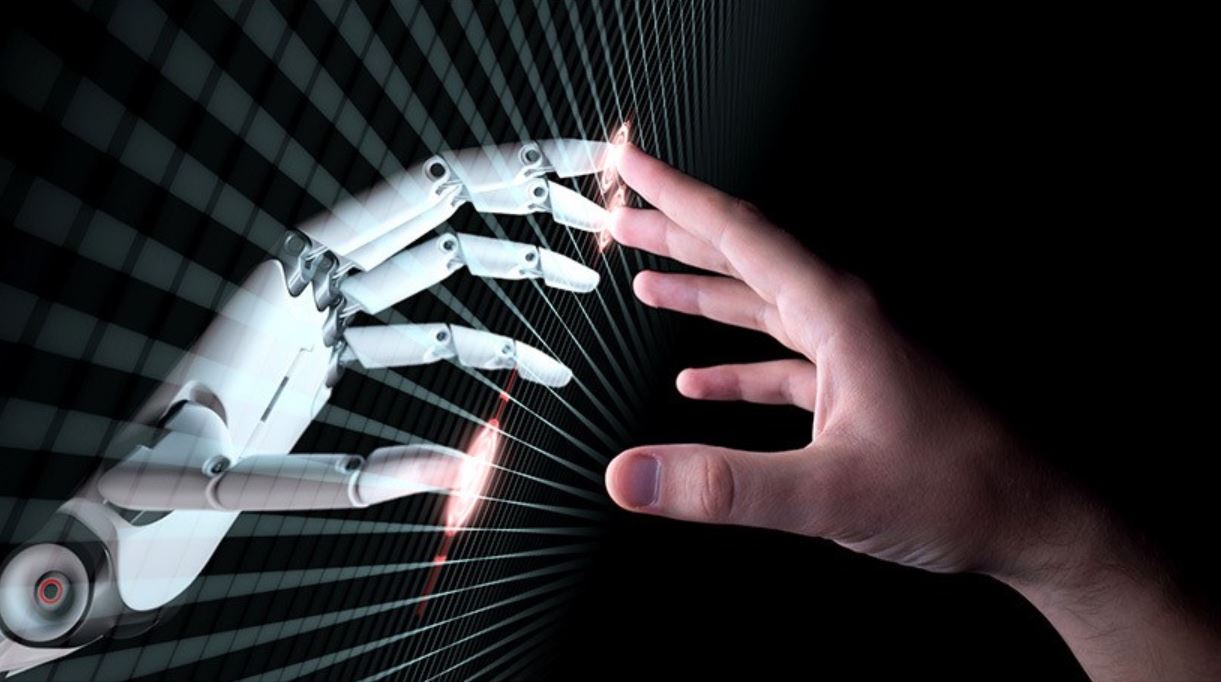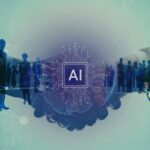 In the mid-20th century, prominent leaders recognised the pivotal role of organised labour in bolstering economic credibility. Speaking to the Amalgamated Clothing Workers of America in 1956, Eleanor Roosevelt inspired unions to evolve by emphasising that today’s efforts can pave the way for broader worker representation. Her words feel especially relevant now as artificial intelligence transforms our work and the institutions that protect it.
In the mid-20th century, prominent leaders recognised the pivotal role of organised labour in bolstering economic credibility. Speaking to the Amalgamated Clothing Workers of America in 1956, Eleanor Roosevelt inspired unions to evolve by emphasising that today’s efforts can pave the way for broader worker representation. Her words feel especially relevant now as artificial intelligence transforms our work and the institutions that protect it.
Unions emerged in the 19th century to give workers a collective voice, turning member dues into political momentum and tools for better wages and conditions. Over the years, technology has repeatedly redrawn these boundaries – from the industrialisation that phased out elevator operators to today’s AI systems that take on roles once performed by humans in logistics, law, and manufacturing.
When former President Barack Obama observed at Hamilton College that only elite coders might keep up with machine-generated code, he highlighted a key trend: automation is moving beyond routine tasks to challenge jobs that rely on analysis and decision-making. Traditional union strategies like strikes and contract negotiations were designed for a workforce managed by people, not algorithms, and now face a tough test in this evolving environment.
Some unions are already forging new paths. By adding clauses for algorithmic transparency, requiring reviews of AI-driven decisions, and introducing retraining programmes, they’re beginning to guard against the swift and often unseen shifts that AI brings. Others are even pushing for legislation that frames AI systems within the realm of labour law, drawing attention to digital rights and ethical governance.
A notable example is the ‘German Model’. In December 2024, an agreement between Volkswagen AG and IG Metall – the Zukunft Volkswagen deal – outlined a plan to manage the reduction of over 35,000 roles by 2030 through early retirements and buyouts, while promising job security well into the future. Although the legal and economic landscapes differ across the Atlantic, this approach offers valuable lessons. Unions might consider negotiating transition guarantees, organising retraining programmes, insisting on AI audit provisions, and even exploring profit-sharing clauses.
From the era of steam engines to the age of microchips, unions have continually adapted to changing times. While artificial intelligence presents a steeper curve, with thoughtful strategies, unions can not only defend current positions but also shape frameworks for a fair, machine-augmented economy. In doing so, they carry forward Roosevelt’s vision of aligning technological progress with shared prosperity.








